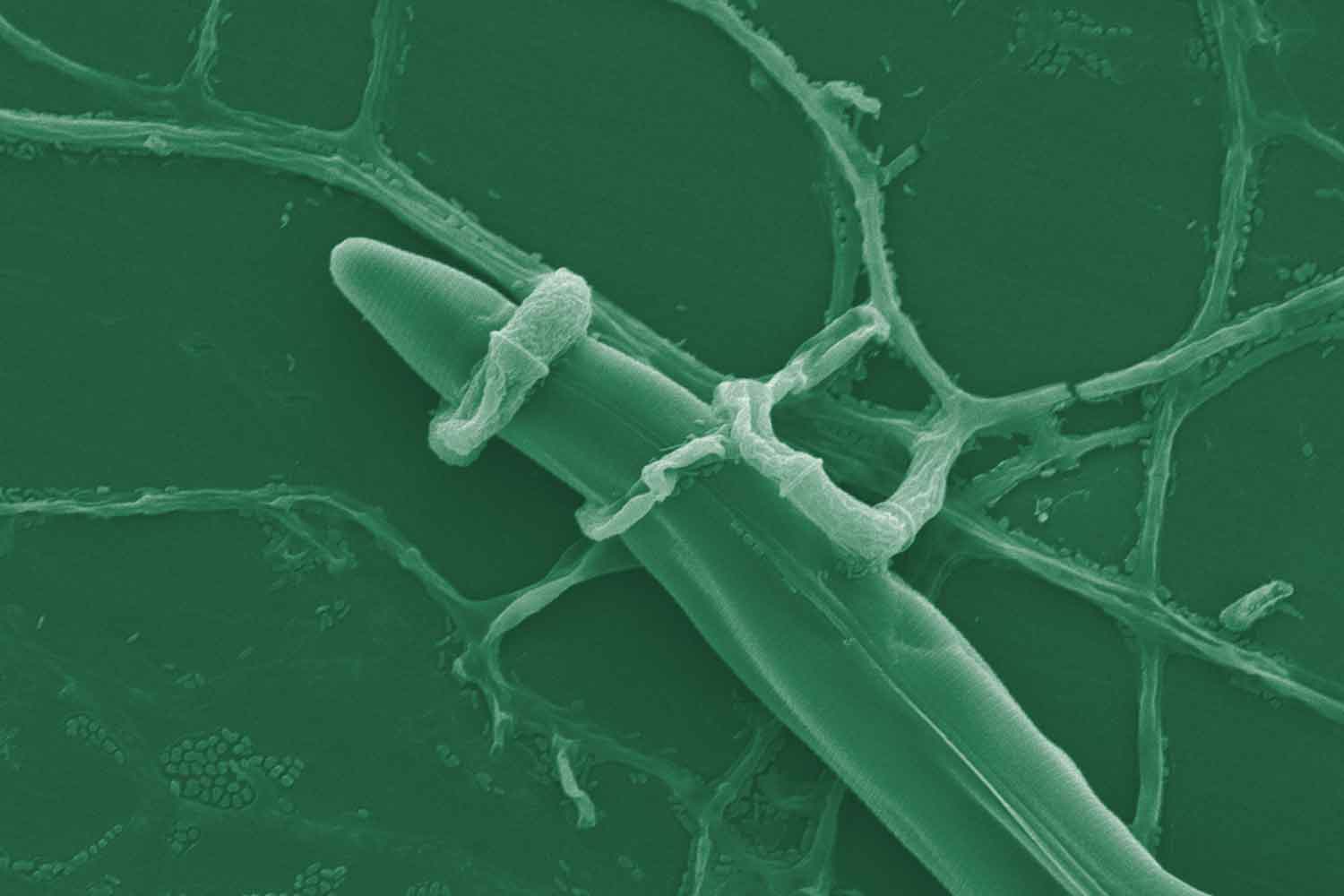
Barber’s Pole Worm or Wire Worm (Haemonchus spp.), Black Scour Worm or Hair Worm (Trichostrongylus spp.), Brown Stomach Worm (Teladorsagia (Ostertagia) spp.), Nodule Worm (Oesophagostomum spp.), Thin Necked Intestinal Worm (Nematodirus spp.), Hookworm (Bunostomum spp.), Intestinal Worm (Cooperia spp.), Large-mouthed Bowel Worm (Chabertia spp.), Skrjabinema spp., Threadworm (Strongyloides spp.), Whipworm (Trichuris spp.), Gongylonema spp. and Mecistocirrus spp.
Barber’s Pole Worm or Wire Worm (Haemonchus spp.), Brown Stomach Worm (Teladorsagia (Ostertagia) spp.), Black Scour Worm or Hair Worm (Trichostrongylus spp.), Hookworm (Bunostomum spp.), Intestinal Worm (Cooperia spp.), Thread-necked Worm (Nematodirus spp.), Nodule Worm (Oesophagostomum spp.), Threadworm (Strongyloides spp.), Toxocara vitulorum, Whipworm (Trichuris spp.), Gongylonema spp. and Mecistocirrus spp.
Mixed infections = several worm species, as above infecting the host animal at the same time.
There is a diverse range of micro-fungi that utilise nematode larvae as a food source in soil, animal faeces and associated live, dead and decaying plant matter. The infective larvae of nematode parasites, which hatch from eggs deposited within faeces (manure) are susceptible to attack by these fungi which are able to proliferate in the faecal pats (Knox, 2003).
Did you know: Duddingtonia flagrans remains inert while passing through the digestive system of grazing animals and into the manure.
Large strongyles (large red worms), including Strongylus spp., Triodontophorus spp. and Oesophagodontus spp., small strongyles (small red worms or cyathostomes), including Cyathostomum spp., Cylicocyclus spp. and Cylicostephanus spp., Stomach Hair Worm (Trichostrongylus axei), Ascarids (Parascaris equorum), Threadworms (Strongyloides westeri) and Pinworms (Oxyuris equi).
Mixed infections = several worm species as above infecting the host animal at the same time.
Did you know: Duddingtonia flagrans colonises the faecal pat of the animal and this is where all the action takes place.
Other grazing animals: include deer, alpacas, zoo animals and many more.